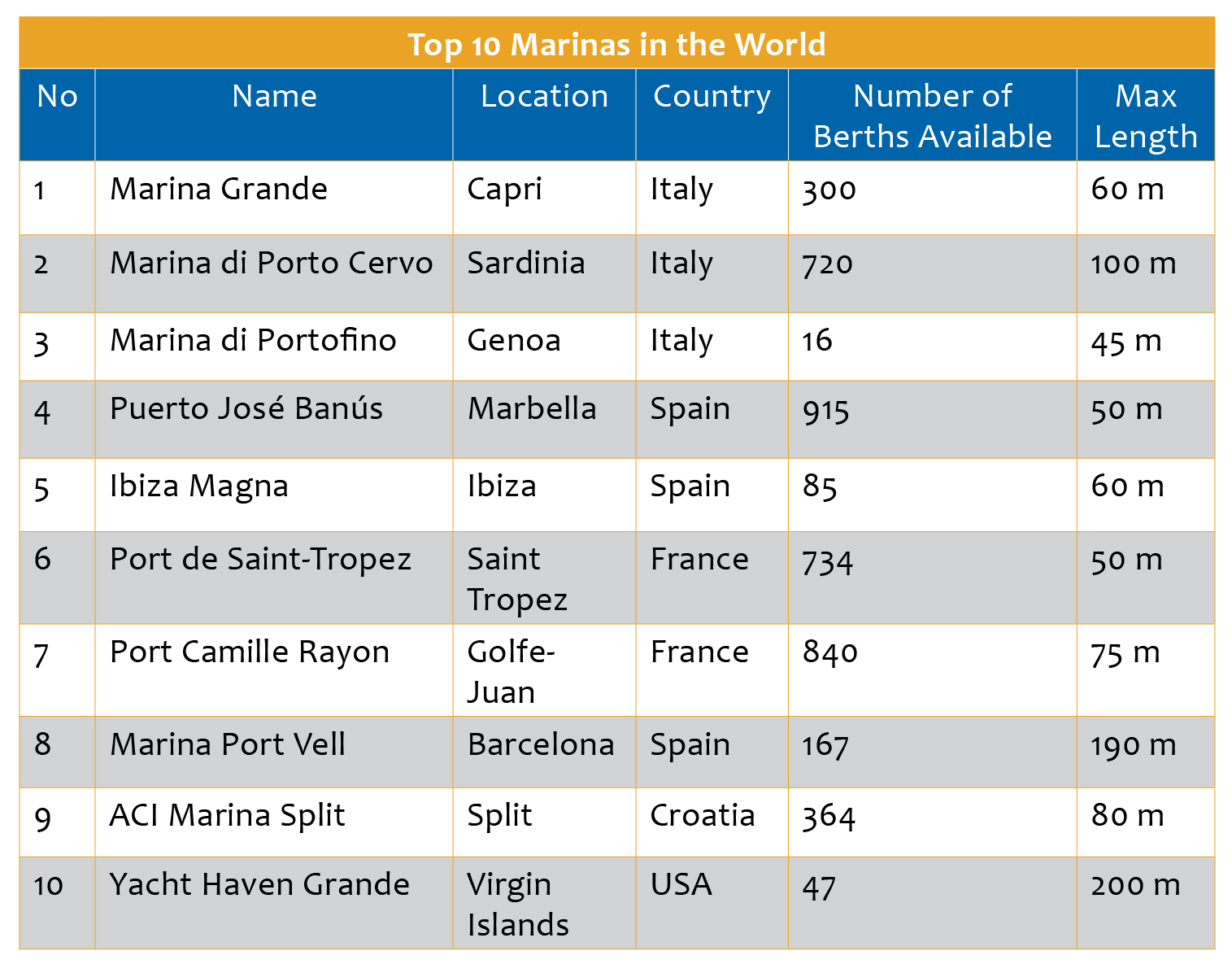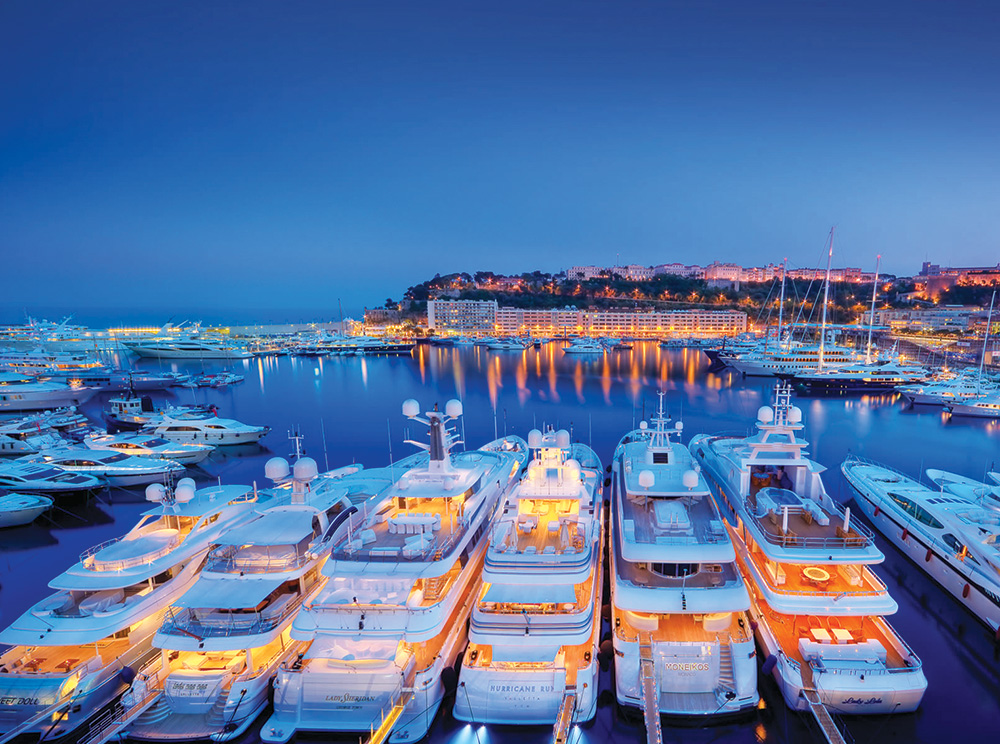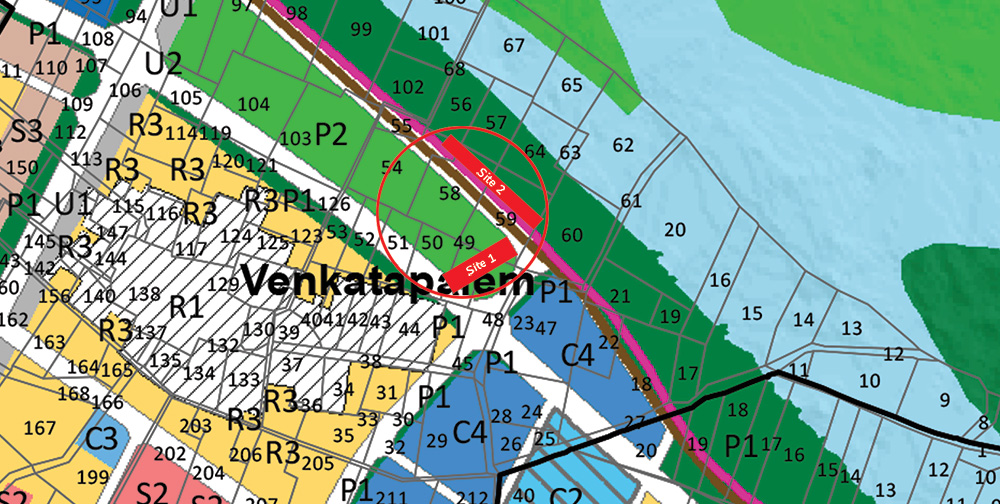What is a marina?
A marina or dock is where yachts and other small vessels can moor up to get supplies and fuel and for maintenance checks. Unlike a port, which accommodates large passenger and cargo ships, a marina is a small basin. Often, they can be home to several small luxury yachts. Depending on the size of the marina, it will offer various facilities for boat operators, such as maintenance and repair assistance, refuelling, other resources and a chandlery. Vessel owners prefer to dock in a marina with protected berths and the equipment and resources they need.
Usually, a vessel owner pays a fee to take advantage of a marina’s facilities. This is the main source of income for the operators. Fees vary from one marina to another and depend mainly on its location and the types of services available to vessel owners.
Proposed marina at Amaravati
Amaravati is the capital city of the Indian state of Andhra Pradesh. Vijayawada, Guntur, Tenali and Amaravati form the metropolitan region of Amaravati, namely Andhra Pradesh Capital Region, which is governed by the Andhra Pradesh Capital Region Development Authority (APCRDA). This new city is located on the banks of the River Krishna.
Tourism infrastructure in Vijayawada and Guntur is limited to temples and the passive water tourism at Bhavani Island, hence there is a need for the infrastructure to meet the demands and tastes of tourists and the people of the capital region. Amaravati Marina is being developed as the solution for this. Unlike marinas on the coast,Amaravati Marina is on the banks of the Krishna River, making it a unique facility.



The relevant authorities have already initiated the process and invited a request for proposal (RFP) from developers for Amaravati Marina. APCRDA wants the facility to be ready and operational in the capital by mid2019. The project will be developed on 8 acres of land at Venkatapalem adjoining the waterfront area of the River Krishna. It is estimated it will cost around Rs 400 million and will operate as a public–private partnership. It will have facilities for power boating and yachting and the infrastructure to host water sports competitions. There will be a sail training centre with classrooms, a boat safety training centre, berths made from aluminium alloy pontoons and boat accessory shops. It will be developed in two phases. While the first phase will be completed in 12 months from the time the contractor is selected, the second will be ready in the subsequent year.
Amaravati is still under construction. It is thought that it will take at least 5–10 years to transform it completely into the state’s capital city. The tender process for the city should be completed by June and work will be launched shortly after that. The state government expects tourist footfall in Amaravati to increase rapidly over the next 5–10 years with the number of domestic and foreign tourists growing annually by 8% and 5%, respectively. Over 10,000 foreign tourists are expected to visit Amaravati every year by 2025.
The rest of India
Kochi Marina is the first and only fully fledged marina in India meeting international standards. It is located on the eastern coast of Bolgatty Island and is owned by the Kerala Tourism Development Corporation. Kochi International Marina has been fully operational since 24 April 2010.
Kochi Marina offers services like fuel, water, electricity and sewage pump-outs for boats. Repair and maintenance facilities for yachts are also available. The marina is close to the international maritime route on the south-west coast of the Indian peninsula. It has favourable conditions and minimum tidal variations throughout the year. It is managed by Mumbai-based Ocean Blue.
Kochi Marina has berths for around 36 yachts. This will be further upgraded to 50 berths once the second phase of expansion is completed.
During the last decade, Kochi has become a major destination for seabased adventure tourism. Moreover, yachts sailing from the west via the Suez Canal and travelling towards the north-eastern parts of Asia consider Kochi as an ideal berthing spot. The unavailability of intermediate berthing facilities for yachts sailing between Dubai and Far Eastern locations increases the prospects of Kochi Marina as an intermediary berthing spot.
Every year, Kochi is visited by large yachts from European countries such as the United Kingdom, Finland and Norway, as well as from New Zealand and Australia. Since Kochi is the nearest port on the international maritime route between the west and the east, many adventurous seafarers prefer this port. However, the biggest hurdle that yachters face is obtaining an Indian visa. For seafarers, obtaining a Sri Lankan or Maldivian visa is easier, since Indian consulates can take up to a week to issue a visa.
Kochi is situated just 11 nautical miles from an international maritime route and it is considered to be one of the best natural ports in Asia. Since Kochi is a major spot on the global maritime map, it has huge potential, provided the visa process can be simplified and upgraded for seafarers.
Despite having a coastline of over 7,500 km and over 0.25 million millionaires, India still does not have a world-class marina for small luxury vessels. Most of the yachts and boats in India moor at berths operated by existing ports at a high cost. Hence, setting up marinas would not only help port trusts to generate additional revenue but also create jobs and reduce costs for owners of luxury boats. Currently, various discussions are underway to explore the possibility of developing marinas in Goa and Mumbai.
A marina not only provides a secure environment for yachts and boats, but also offers related services like maintenance, spare parts, accessories, housekeeping and fuelling. There are options for recreational facilities and restaurants. Thus, they have the potential to create lakhs of direct and indirect employment opportunities. To realise the full potential of marinas, it is very important to have the right policies and close co-ordination between state and central government bodies.